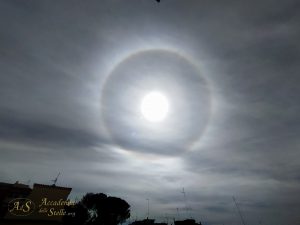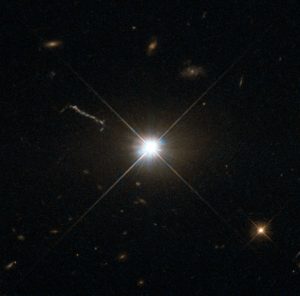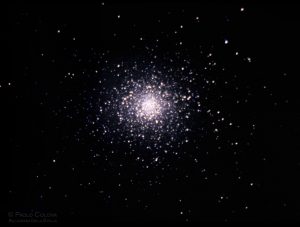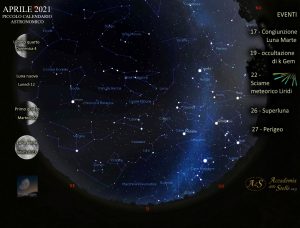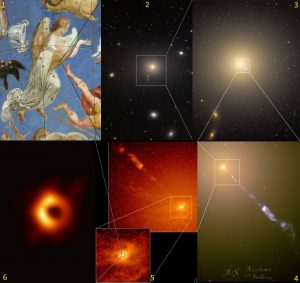Accademia delle Stelle
Parco delle Valli sotto le stelle
Sabato 19 giugno torna il grande evento di Accademia delle Stelle al Parco delle Valli, grazie alla collaborazione con l’APS Gli Amici di Conca D’Oro. Fin dalle ore 17, attività divulgative per tutti gli appassionati! Continua a leggere
Il Cielo del Mese – giugno 2021

Il cielo del 15 giugno alle ore 23
La Superluna in diretta
Trasmettiamo in diretta la visione al telescopio della Superluna di mercoledì 26 maggio 2021 in collaborazione con SPF – Spazio Penultima Frontiera.
Il Cielo del Mese – maggio 2021
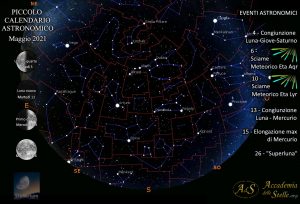 ✨⭐️ Stelle e pianeti a maggio 2021: calendario dei principali eventi astronomici osservabili in cielo a Maggio 2021: luna, stelle e costellazioni, pianeti, meteore: congiunzioni, eclissi, allineamenti planetari. Continua a leggere
✨⭐️ Stelle e pianeti a maggio 2021: calendario dei principali eventi astronomici osservabili in cielo a Maggio 2021: luna, stelle e costellazioni, pianeti, meteore: congiunzioni, eclissi, allineamenti planetari. Continua a leggere
Il maestoso alone a 22 gradi
Quasar 3C 273 nel Telescopio Spaziale Hubble
I quasar sono le sorgenti energetiche stabili più potenti dell’universo: il loro motore gravitazionale basato su un buco nero può raggiungere luminosità inconcepibili, pari a quella di centomila miliardi di Soli.
Il più luminoso quasar visibile in cielo si può osservare a orari comodi in questo periodo. Continua a leggere
L’ammasso globulare M5
Il Cielo del Mese – aprile 2021
️ È il mese in cui Orione sparisce dal cielo e la notte astronomica ritarda e si riduce sempre più: arriva alle 21 a inizio mese mentre bisogna attendere le 22 a fine mese per avere un cielo completamente buio. Continua a leggere
Nuova luce sul buco nero di M87
Due studi appena pubblicati riguardano nuove analisi del buco nero centrale di M87 mettendo in evidenza la polarizzazione della luce e la presenza di intensi campi magnetici. Si ritiene che siano questi ultimi a produrre i potenti getti relativistici che, dal cuore di quella galassia, lanciano materia sotto forma di plasma a distanza di migliaia di anni luce Continua a leggere
Galassia a spirale M100
 Posta nella Chioma di Berenice, M100 è una galassia a spirale facente parte dell’Ammasso di galassie della Vergine. Continua a leggere
Posta nella Chioma di Berenice, M100 è una galassia a spirale facente parte dell’Ammasso di galassie della Vergine. Continua a leggere

